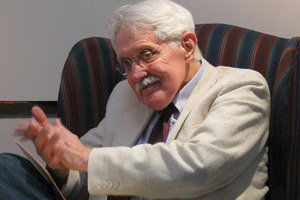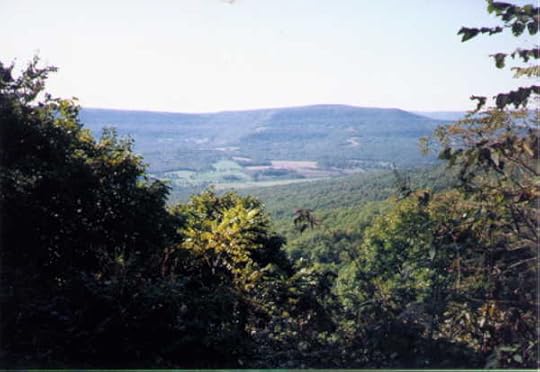What do you think?
Rate this book


Hardcover
First published January 1, 1975
 come to my blog!
come to my blog!Obviously she missed "back home," and it was Sarah Indledew who is credited with the coinage of the adjective "old-timey" in reference to the lost past. Increasingly, for the rest of that century and down through our own century, mass nostalgia would employ this expression that Sarah invented... although nostalgia isn't what it used to be.
Nor was this merely a fleeting mood on both their parts. It lingered, and it infected those around them, who in turn infected those around them, until all of the people were in the grips of epidemic nostalgia. Although the French had identified the disease early in that century, nostalgie had not been identified or named in America at this time... But it began with Sarah's casual remark to Jacob, and soon everyone had it, and because it had no name yet and no one could name it, they simply referred to it as it, and noted that there was a lot of it going around in those days. People would stop one another and ask, "Do you have it?" and admit "Yes, I caught it last night, I think."


"A dissertation could easily be written on the parallels between the two books. But at the time I wrote TAOTAO I didn't know what "Magic Realism" was. For that matter, I'm not sure I yet understand it. I admired what Garcia Marquez had done and wanted to emulate it, but I took pains to make sure that everything which happened in TAOTAO was possibly conceivable, believable. There are no flying carpets in TAOTAO nor any blood running endlessly down the street. So the "magic" of Garcia Marquez might be missing.
Of course, Appalachia and the Ozarks are naturally akin to the Latin Third World in the strange things that happen, and the only way to depict them is a touch of surrealism. The tall tale, the ghost story, the folk ballad, and other forms of narrative in Appalachia and in the Ozarks have common unnatural events, weird people, a magical atmosphere that transcends 'reality.'"
“'Stay More' is synonymous with 'Status Quo' in fact, there are people who believe, or who like to believe, that the name of the town was intended as an entreaty, beseeching the past to remain present.”